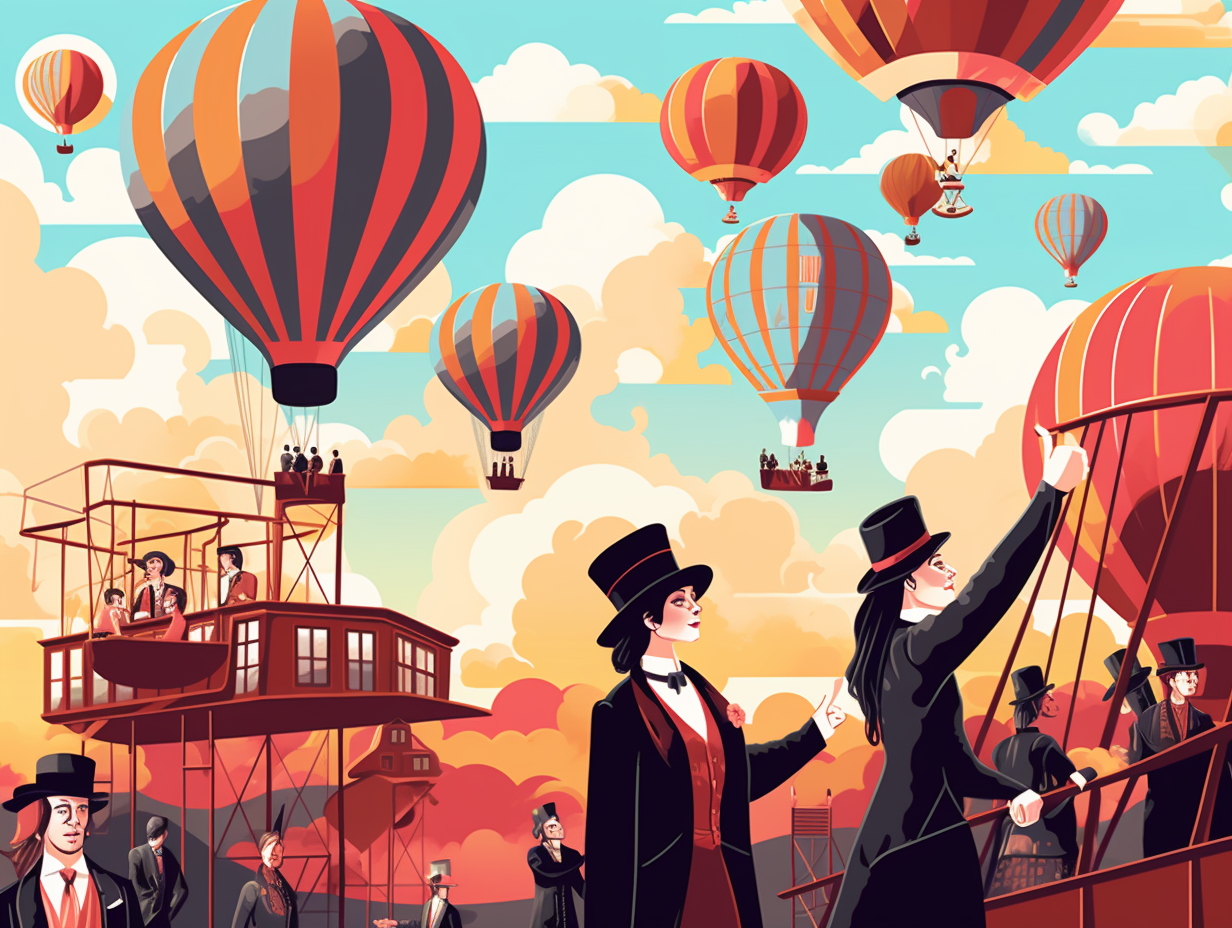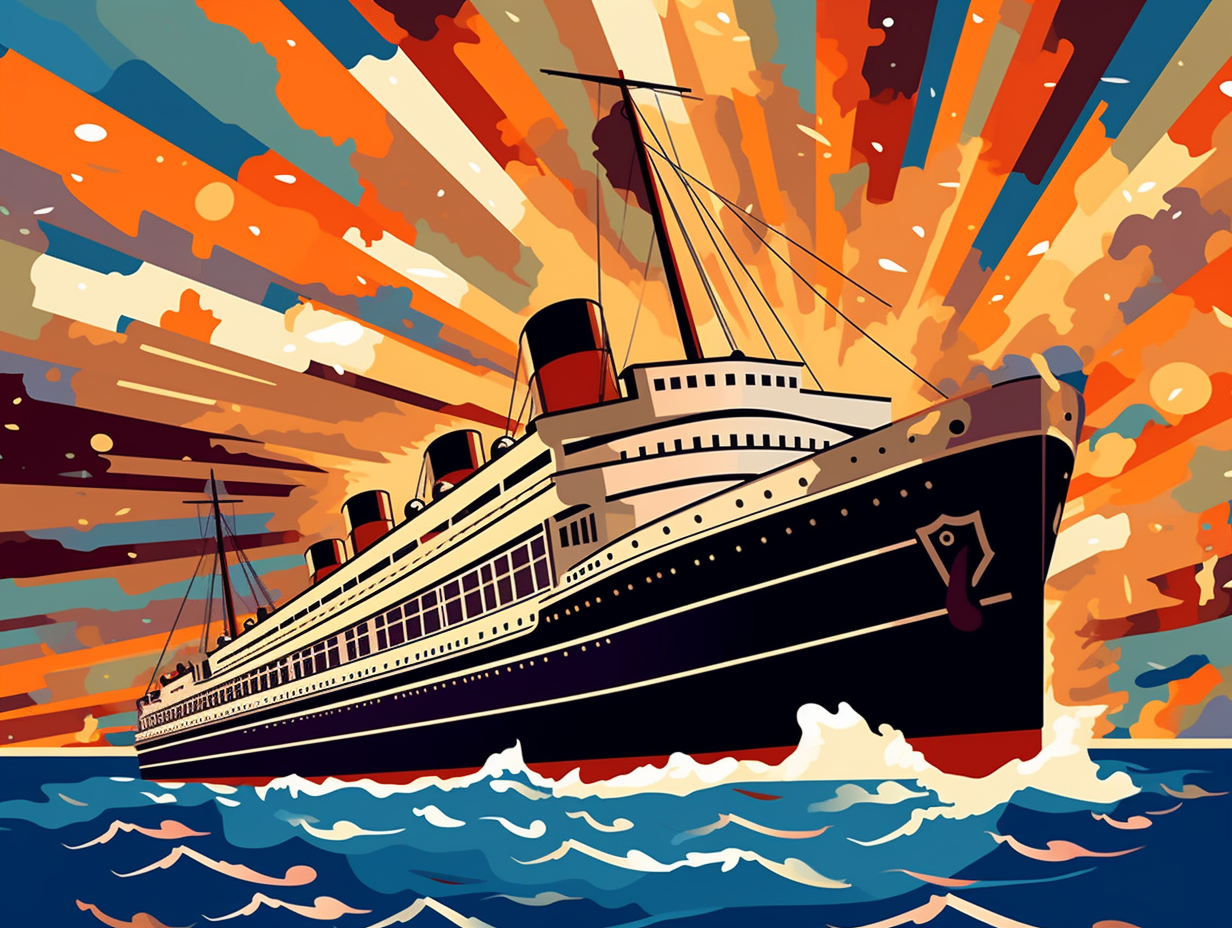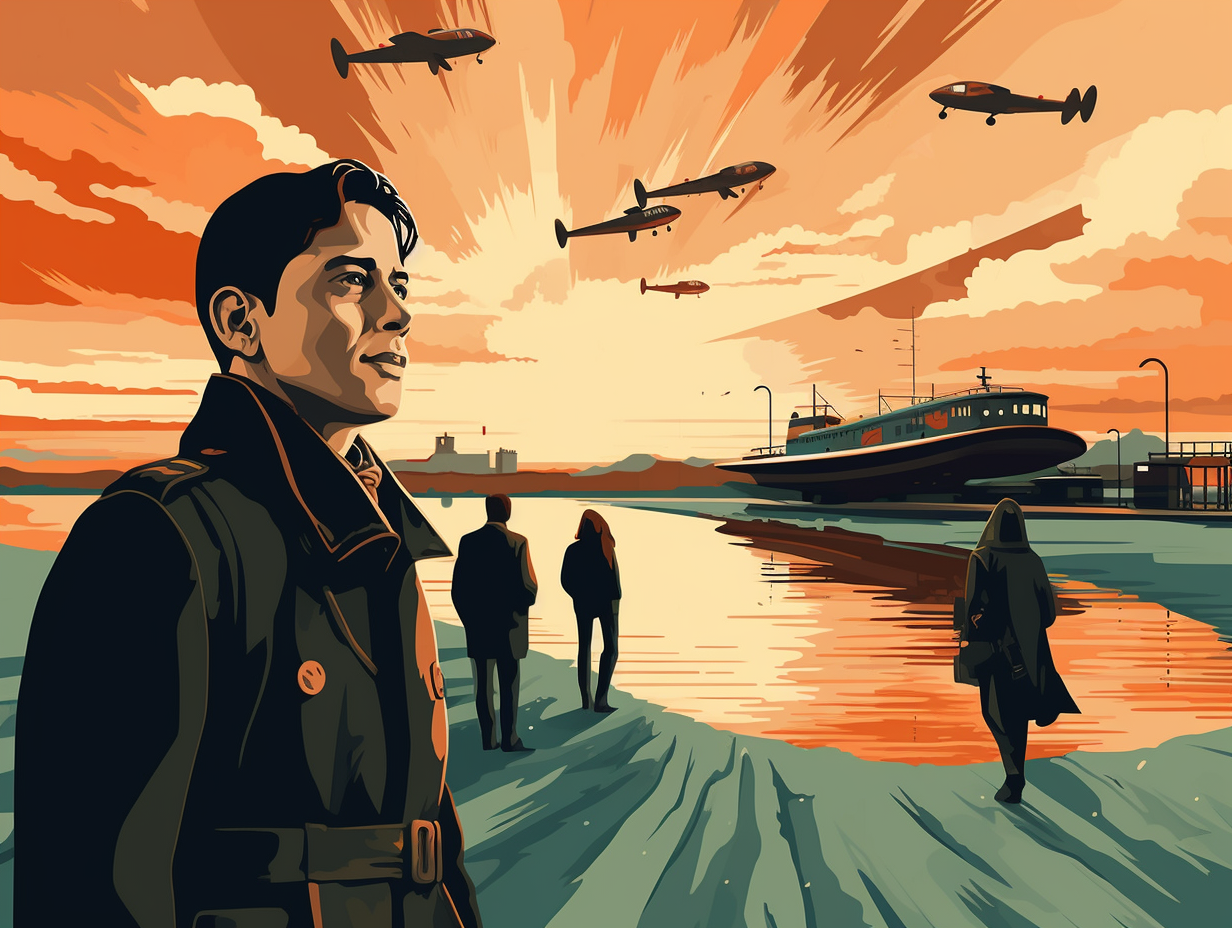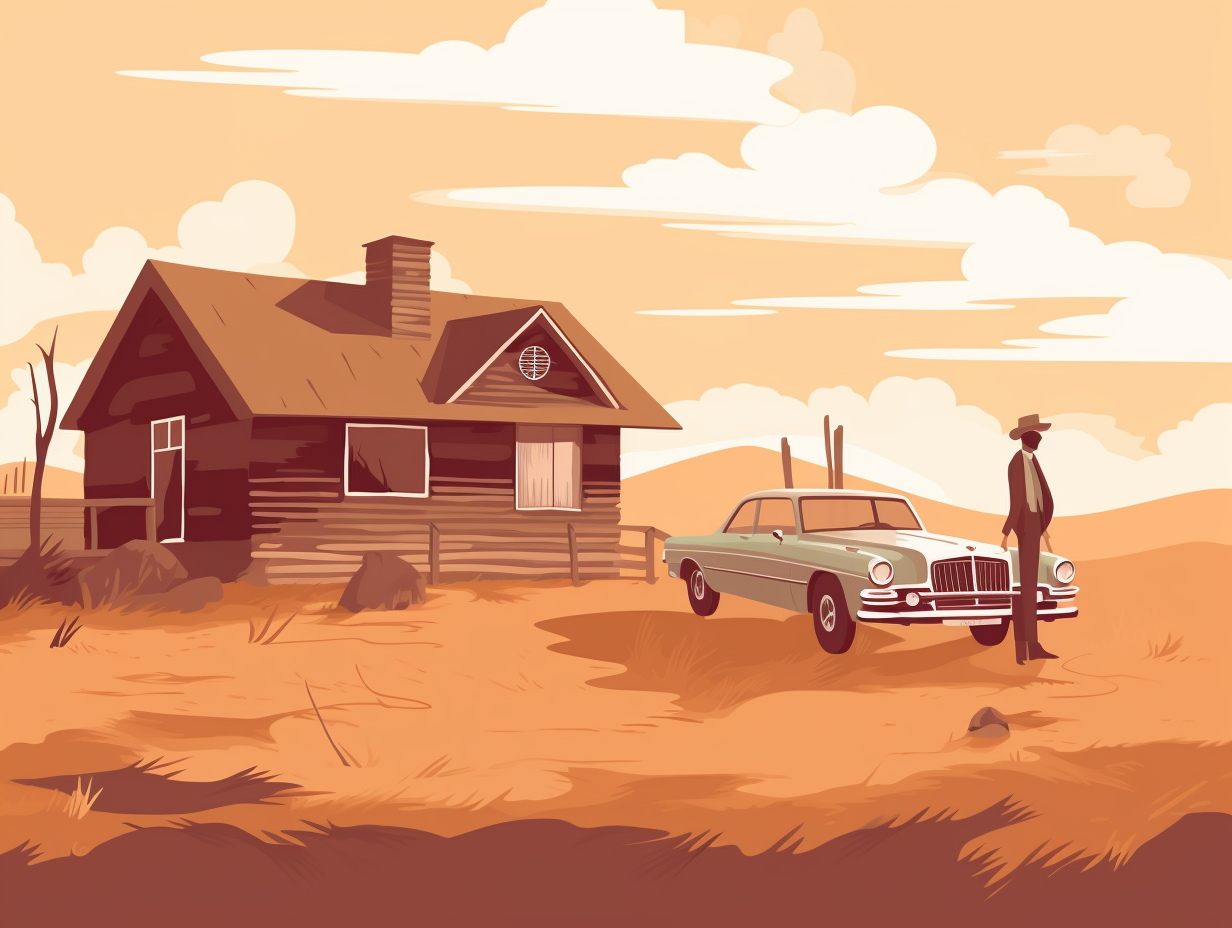Discover the Top 14 Astonishing Facts About the Triangle Shirtwaist Factory Fire!
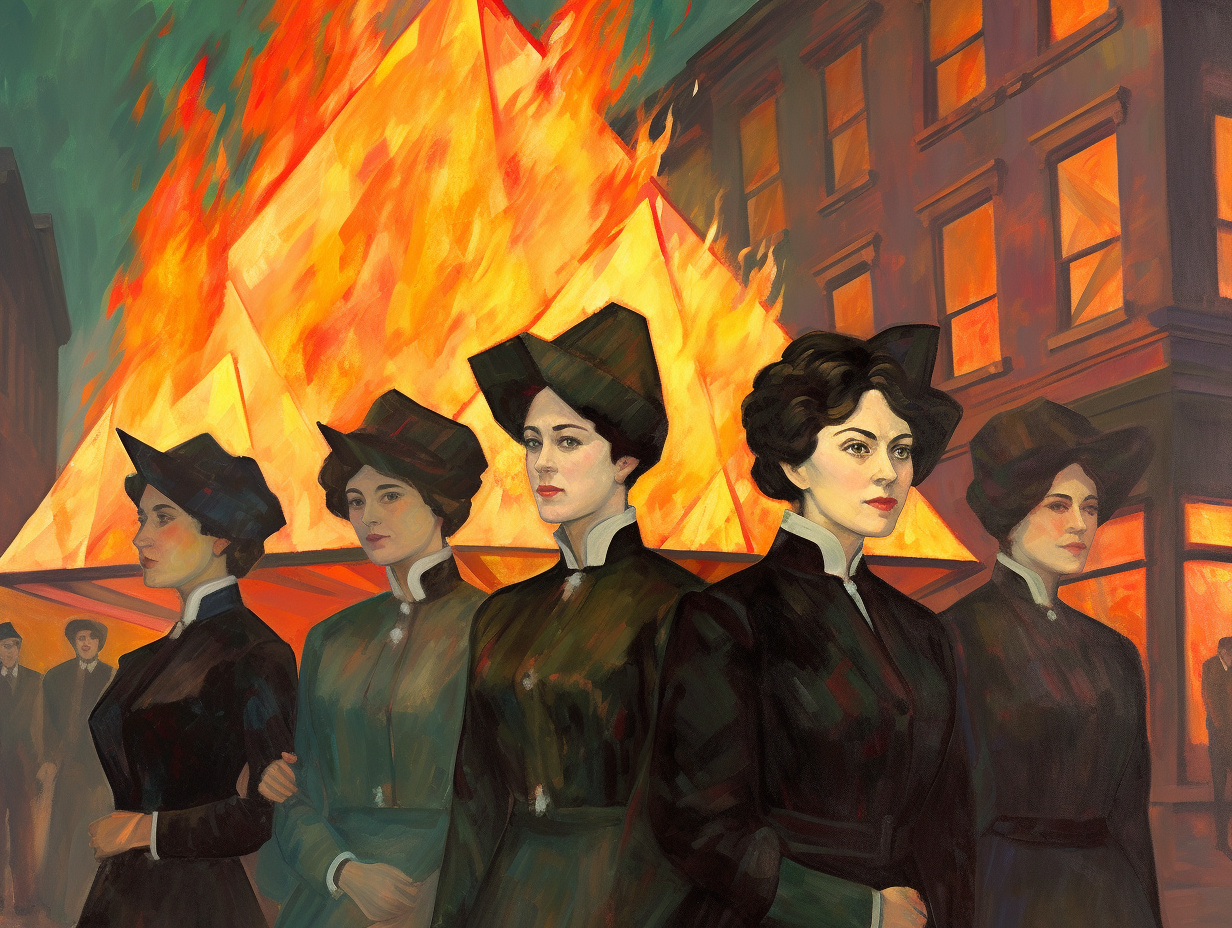
1. Rock and a Fiery Place
Talk about being caught between a rock and a fiery place: When the Triangle Shirtwaist Factory went up in flames on March 25, 1911, with exits being scarce and working conditions as cramped as a clown car, 146 workers tragically lost their lives in the smoke and blaze.
Source => osha.gov
2. Triangle's Not-So-Fireproof Factory
The Triangle Shirtwaist Factory: not as advertised! In a thrilling episode of "Expectations vs. Reality," the factory billed itself as fireproof, but it turns out, it was more like a game of "How Not To Design A Safety System": The building had bad ventilation, dark stairwells, and an old heating and cooling setup, with only one hugely inadequate fire escape to boot. To top it all off, flammable products and chemicals were stored willy-nilly on production floors, just begging for a fire hazard.
Source => pbs.org
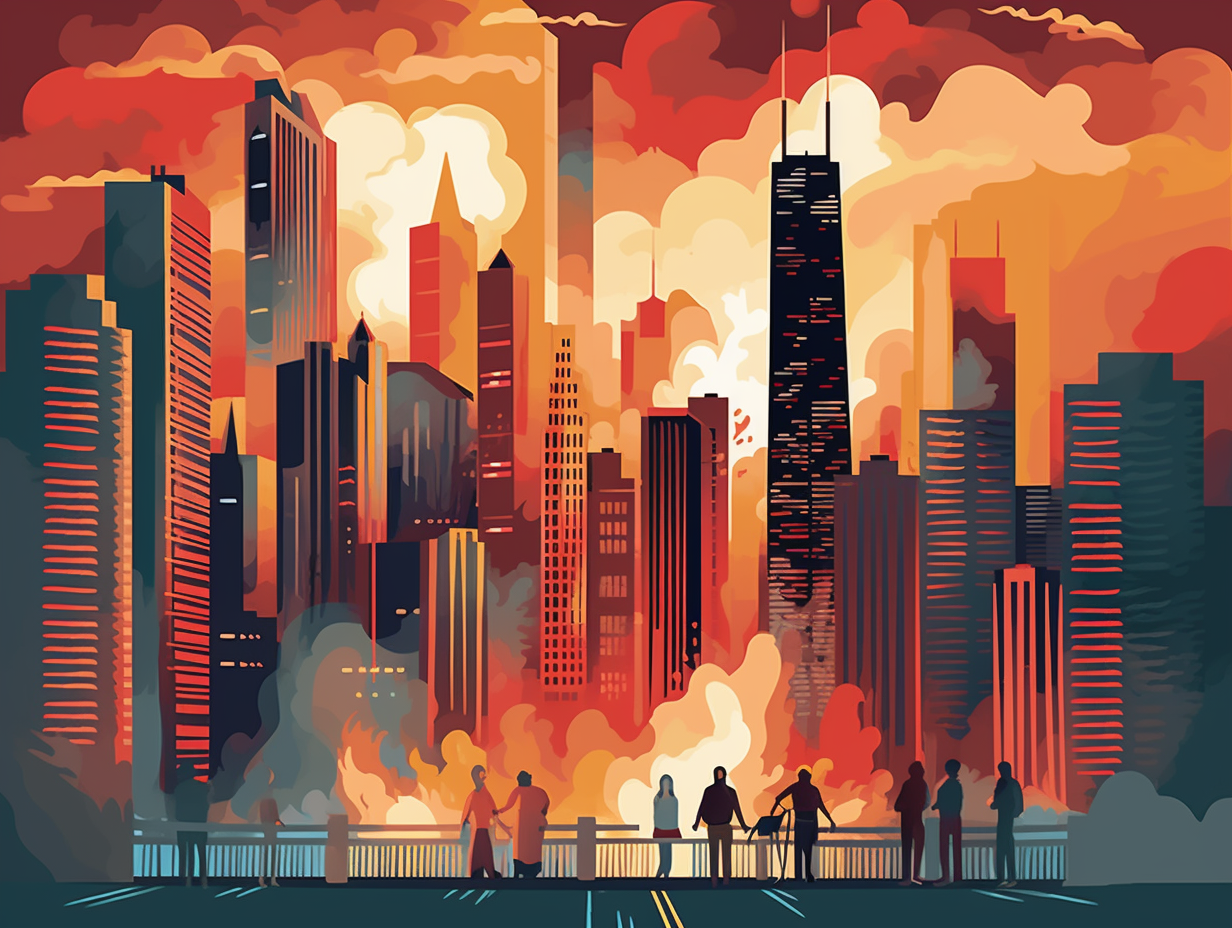
Did you know the Great Chicago Fire of 1871 might actually have been caused by sneaky boys or a neighbor, and not Mrs. O'Leary's cow kicking over a lantern? Unravel the mystery behind this blazing catastrophe that left a mark on Chicago's history! 🐄🔥
=> Fun Facts about The-Chicago-Fire
3. Fire Drill Fiasco
Fire drill, shmire drill: It turns out some Triangle Shirtwaist Factory workers had formed their own fire safety squad, arming themselves with extinguisher know-how. However, when faced with the raging inferno incinerating their workplace, their heroic efforts sadly proved insufficient, illustrating the immense need for proper safety measures in an era of industrial indifference.
Source => smithsonianmag.com
4. Smoldering Dark Side
Despite being a trailblazer in the fire-alarm manufacturing industry, the Triangle Shirtwaist Factory had a smoldering dark side: It continued operating in unsafe conditions even after its infamous tragedy, with locked exits and counterfeit "safe workplace" certifications that kept its scandalous safety violations hidden in plain sight.
Source => census.gov
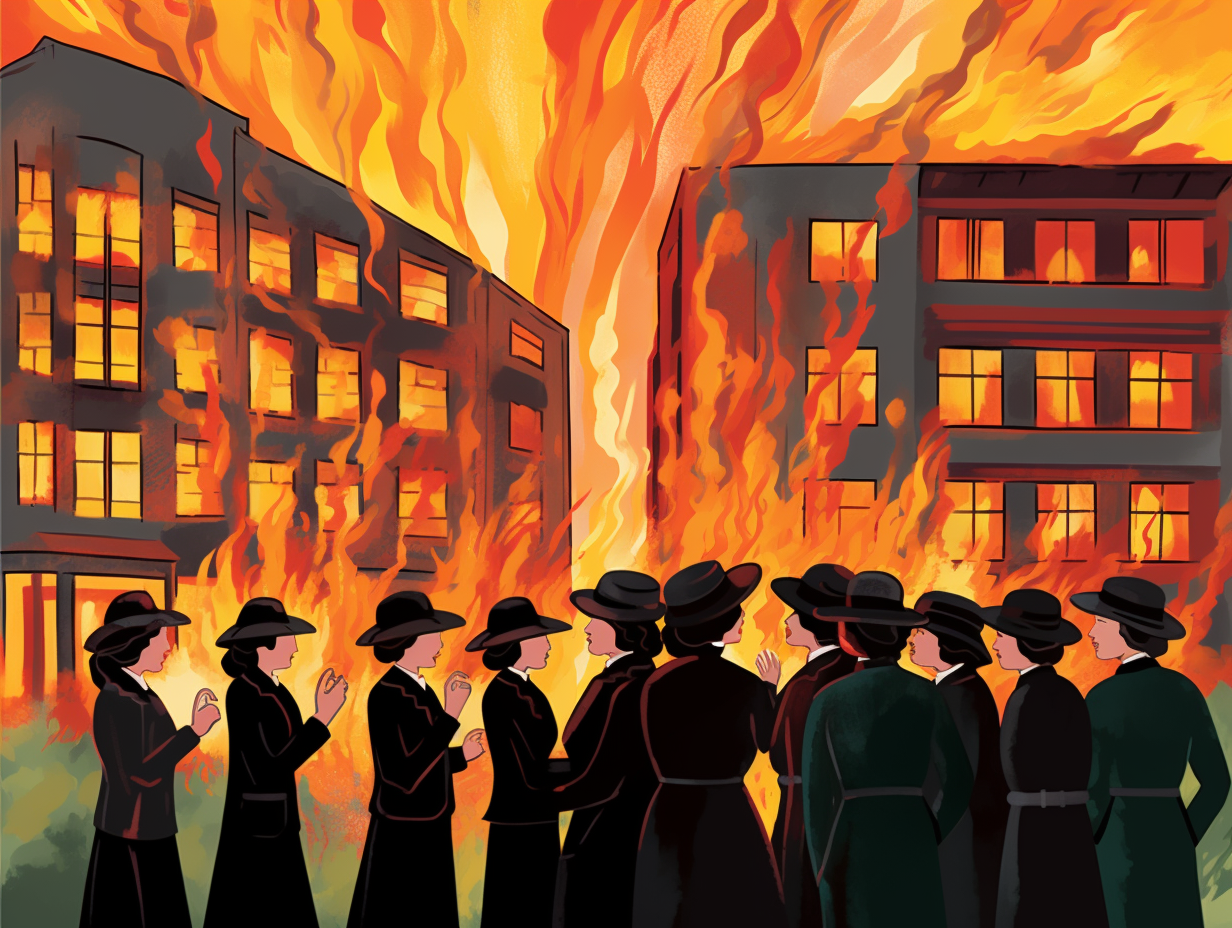
5. Leaping from Fire to Metaphorical Stake
In an ironic twist of fate that would make Dante cringe, many women tragically found themselves leaping to their deaths from a fire instead of burning at a metaphorical stake: The Triangle Shirtwaist Factory fire, infamous for its lack of fire safety measures and locked exit doors, led to horrifying fatalities of 146 people, mostly young immigrant women. The silver lining of this dark episode was that it ultimately spurred the creation of the New York City Bureau of Fire Protection, improved working conditions, and the development of The Life Safety Code, NFPA 101.
Source => idighardware.com
6. A Slap on the Wrist and Empty Pockets
Talk about getting off easy with just a slap on the wrist and an emptying of the pockets: The Triangle Shirtwaist Factory owners were acquitted of manslaughter charges, but still had to cough up some cash for a financial settlement to the bereaved families of the workers they failed to protect.
Source => smithsonianmag.com
7. A Stitch in Time for Worker's Rights
Who knew a stitch in time could save more than nine? The Triangle Shirtwaist tragedy sure did some heavy-duty sewing on workplace safety laws: This catastrophic fire led to a powerful alliance between middle-class reformers and workers, resulting in the implementation of groundbreaking occupational health and safety legislation for future generations.
Source => historymatters.gmu.edu
8. Sprinklers Save More than Sundaes
Who needs sprinkles on their sundae when a sprinkler could have saved the day? In a blaze of not-so-glorious fabric-fueled fury: The Triangle Shirtwaist Factory fire not only led to the acquittal of factory owners on manslaughter charges but motivated a flammable cocktail of reforms, such as mandatory fire drills, sprinkler systems, and unlocked exit doors. The sparks from this tragic event ignited the establishment of the New York State Labor Department, making it a pivotal moment for worker safety and American labor rights.
Source => propertycasualty360.com
9. Pennies and Peril in a Shirtwaist Factory
If you thought your job was tough, imagine working for pennies in a shirtwaist factory where a fiery death could be waiting at any moment: The Triangle Shirtwaist Factory fire in 1911 primarily claimed the lives of young Italian and Jewish immigrant women aged 14 to 23 who were making a meager $7 to $12 a week (or $191 to $327 in today's dollars), ultimately leading to improved factory safety standards and fueling the growth of the International Ladies' Garment Workers' Union advocating for better working conditions.
Source => en.wikipedia.org
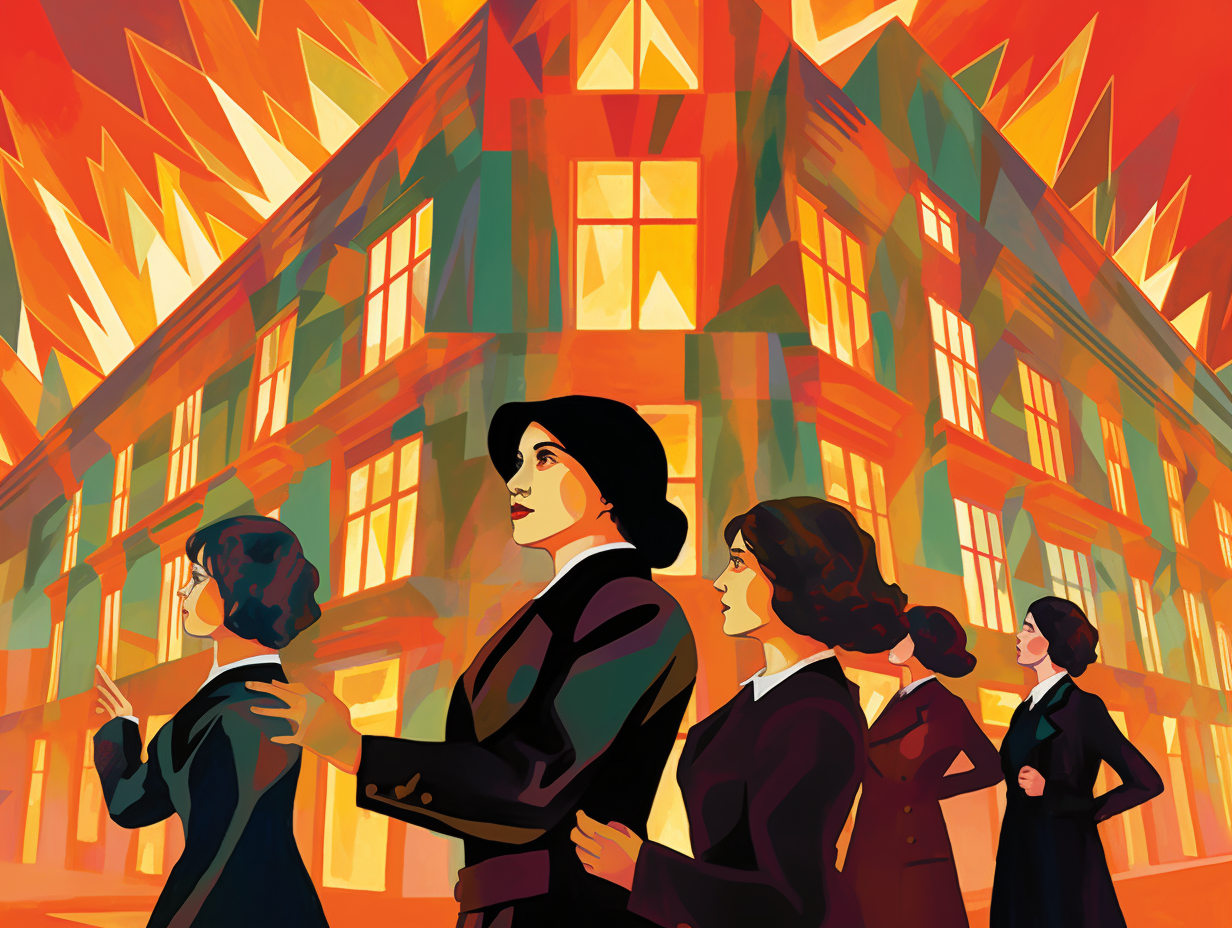
10. Workplace Hide-and-Seek Gone Deadly
In a fiery twist of "knock, knock, who's there?" gone horribly wrong, the Triangle Shirtwaist Factory fire taught everyone that a lack of adequate safety measures is no laughing matter: The building had only one flimsy fire escape, which went up in flames as if it were auditioning for an escape artist role, while the doors had a flair for the dramatic, being locked or opening the wrong way, trapping workers in a macabre game of workplace hide-and-seek gone deadly.
Source => osha.gov
11. When Firefighters Can't Reach the Sky
Who needs elevators when you can fly? Well, not the employees of the Triangle Shirtwaist Factory, that's for sure: During the devastating fire in 1911, firefighters couldn't reach the building's upper floors with their ladders, resulting in the tragic loss of 146 workers. This horrific event shone a light on the deplorable working conditions and absence of safety measures in the garment industry, eventually leading to the formation of the Factory Investigating Commission and the establishment of crucial worker protections under the New Deal.
Source => aflcio.org
12. Fired-Up Safety Revolution
In a "fired-up" quest for safer stitching in the early 1900s, someone clearly "stitched in time" to save more than nine: The Triangle Shirtwaist Factory fire paved the way for the creation of the American Society of Safety Engineers and involved the relentless efforts of future U.S. Secretary of Labor Frances Perkins. This tragedy led to the establishment of the Factory Investigating Commission, fire prevention legislation in New York City, and reinforced the importance of safeguarding workers and their environments.
Source => assp.org
13. Not the Deadliest Before 9/11
Knock, knock! Who's there? Not the deadliest! Not the deadliest who? Not the deadliest New York workplace disaster before 9/11, that's who: The Triangle Shirtwaist Factory fire of 1911, which claimed the lives of 146 garment workers, came in second to the gruesome accidents at the 1910 New York Times building explosion and the 1928 collapse of a Queens subway station.
Source => en.wikipedia.org
14. Fashionable Overhaul in Labor Laws
Hold on to your shirtwaists, fashion mavens of yore: The Triangle Shirtwaist Factory fire of 1911 not only left smoldering ashes and tear-soaked hankies, but it also sparked a massive overhaul in New York state labor laws. Within three dazzling years, 36 new laws were stitched neatly into place, kickstarting the golden era of remedial factory legislation, all thanks to the tireless needlework of the Factory Investigating Commission, led by the future Secretary of Labor, Frances Perkins, who made sure future tragedies received a proper dressing down.
Source => law2.umkc.edu
Related Fun Facts


